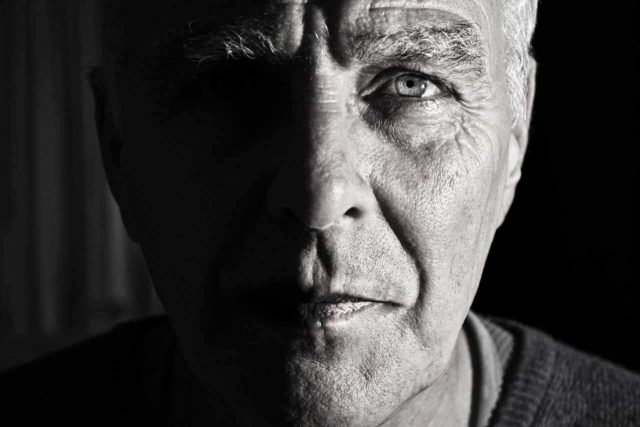Diabetic Retinopathy In Mascoutah, Illinois



What Low Vision Glasses Can I Use For Diabetic Retinopathy?
The type of low vision device that you can use for diabetic retinopathy depends upon your vision goals and the level of change in your visual function from the disease process. For example, Full Diameter Telescopes (FDT) work best when the patient’s task is stationary and does not need to move through space. These tasks include: watching a film in a movie theater, watching TV, attending a sporting event, making out people's faces. Other devices are designed to serve a variety of functions. These include:
- Absorptive lenses that are designed to help you cope with excess light and glare.
- Side Vision lenses are available for those of you that suffer from a loss of hemianopsia (side vision).
- Prismatic reading glasses. These devices are essentially strong reading glasses that will simultaneously converge and magnified an image.
- E-scoop glasses. They use a combination of base curve of the lenses, yellow or amber tent, reflection free lenses, prisms, and lens thickness to magnify images.
- Tele-Microscope glasses which are suitable for such things as watching TV, sporting events, household chores, and other tasks that require a combination of viewing distances.
Treatments For Diabetic Retinopathy



